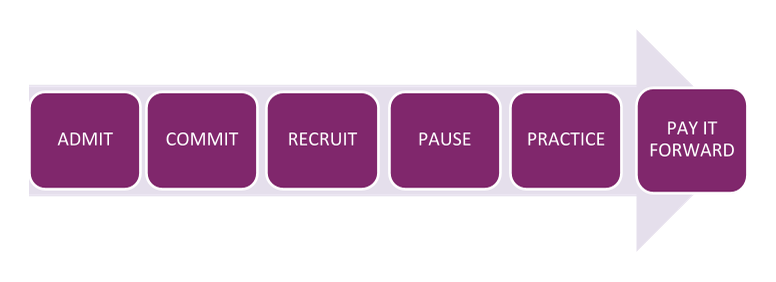Do you find yourself filling gaps in your presentations with filler-words? Maybe you catch yourself using “um” and “uh” to stop the silence, or completing a thought with “you know?” If this sounds familiar, then this 6-step process is for you!
How you speak is a huge component of the impression you make on others, and even the influence you have on them. From the first interaction, people might form judgment on your education, intelligence, background and personality, simply based on the sound of your voice and the language you use to express yourself.
Using filler-words can project a multitude of things, from inexperience and lack of professionalism to being unsure or unprepared. To avoid being perceived as such, think back to the characteristics you’ve noticed when listening to great speakers. You’re likely to associate people who create well-formed sentences, are articulate, have a large and diverse vocabulary, or are thoughtful and courteous to the needs of the listener, as being well-spoken.
What’s socially accepted in casual conversations with friends doesn’t fit within business presentations, speeches or job interviews.
A great place to start is to listen to yourself during a presentation. Or better yet, ask a colleague to track what filler-words you use and how many times you say them during your next presentation to identify the way you project yourself and the fillers you’re using.
Following these six steps will help you to become well-spoken:
- Admit it, you’ve identified your filler and admit you’ve fallen into the habit.
- Commit, to making a change and dedicating yourself to the six-step process.
- You’re not alone, recruit your coworkers, friends or family to be an advocate and help you through the process.
- Give yourself a moment, pause and think about what you want to say before saying it out loud.
- Practice makes perfect. Test it out with your team before your next client presentation.
- Pay it forward, help someone else through the process.

